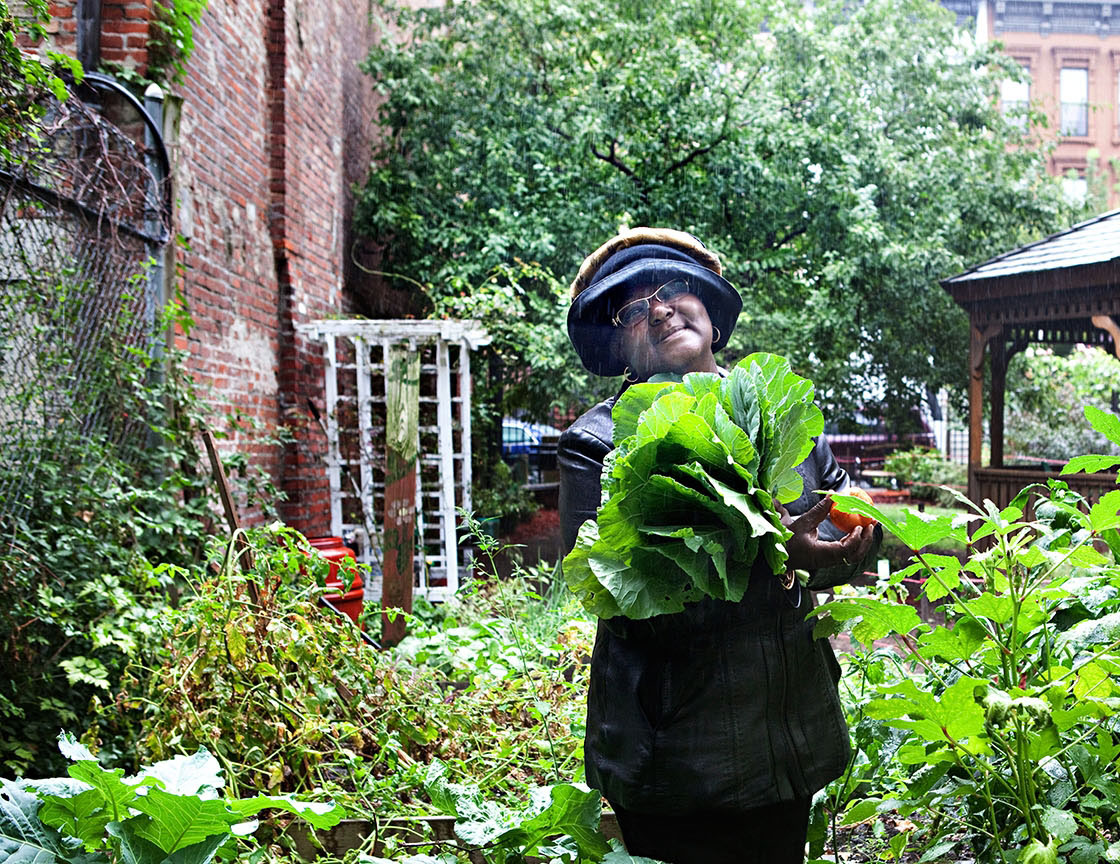Community & Urban Gardening

Community gardens are shared spaces, on public or private land, where people can garden on land they do not individually own. Community gardening is growing more popular. In the United States, participation in community gardens has tripled from one million households in 2008 to three million households in 2013.1
Community gardens are often located in urban areas, where soils tend to have higher levels of contaminants as a result of generations of human activity. Urban gardens are often located on vacant lots and abandoned properties that may have a history of soil contamination; in some areas, brownfields can be a source of vacant land for gardening. Both urban community gardeners and home gardeners need to be aware of the potential for contamination and of the steps they can take to reduce exposure.
Visit our Healthy Gardening Research page to see how researchers from the Health Department's Center for Environmental Health are working with partners in the Healthy Soils, Healthy Communities project to learn more about the extent and distribution of contamination in urban community gardens, and to develop healthy gardening practices that can help urban gardeners enjoy the benefits of gardening while reducing the risk of exposure to contaminants.
Community Gardens Map
This map of community gardens will help you find a garden in your area. To add your community garden to the map or make a correction, let us know.
Community Garden Raised Bed Tool Kit
Interested in building a raised bed garden? The Raised Bed Tool Kit provides step-by-step instructions and photos showing how one group built raised beds to create new community gardens in Utica, New York.
Ready to build your own raised beds? Once you've read the Raised Bed Tool Kit, download the interactive Cost & Materials Calculator.
More Information
Find more information about community and urban gardening:
- New York State Department of Agriculture & Markets, Urban Agriculture Program
- American Community Gardening Association
- New York City Department of Health & Mental Hygiene
Footnote
- 1 NGA. Garden to Table: A 5-Year Look at Food Gardening in America; National Gardening Association: South Burlington, VT, 2014.